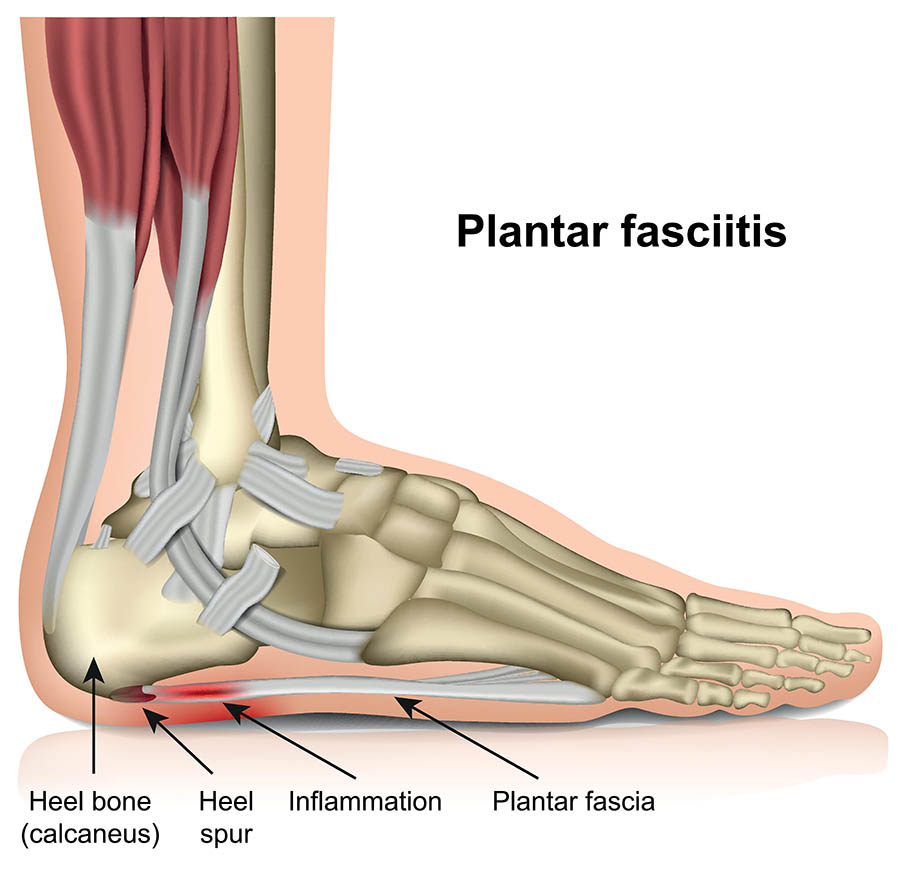What Are Orthotics?
Uncategorized
- by avantic
- 7 Min Read
- May 2, 2023

Orthotics are special shoe or heel inserts a chiropractor prescribes that are custom-made specifically for you.


After acquiring 3D impressions (Gait analysis) of your feet, the results and a prescription for the recommended modifications are sent directly to our trusted orthotics manufacturer. 3D scans are accurate, and they expedite the process. A chiropractor may prescribe orthotics to treat foot, leg, or back problems.
HOW TO KNOW IF YOU NEED ORTHOTICS
Orthotics can be part of a comprehensive treatment plan to address various symptoms, usually having to do with pain and discomfort of the feet and legs. Some of the goals a chiropractor may have for orthotic treatment include:
correcting foot deformities
helping the foot or ankle function better
providing support to the ankle
reducing the risks for further injuries
HOW DOES A CHIROPRACTOR DIAGNOSE FOOT PROBLEMS
Your chiropractor will conduct a physical exam of your feet. They’ll look for deformities, spinal alignment and areas that are especially painful.
The chiropractor will likely ask you to walk and perform other activities on 3D Gait analysis to determine how the feet and ankles are positioned during walking and standing. These images will show how and where your feet strike the ground and can help determine the exact location and type of problems in the structure and function of your feet.
FOLLOW UP SESSIONS
After receiving your custom made orthotics, we schedule a fitting session. During this session, chiropractor ensures that the orthotics fit and functions as required. Follow up visits are also scheduled every once in a while to assess your overall progress.
WHAT CONDITIONS DO ORTHOTICS HELP WITH?
Chiropractor may prescribe orthotics to treat a number of medical conditions. Examples include:
Arthritis. Rheumatoid arthritis and osteoarthritis can cause discomfort in the feet and poor positioning that orthotics may help to correct.
Back pain. Sometimes poor positioning of the feet, such as arches that roll inward, or lack of cushioning can cause pain that orthotics can lessen.
Bunions. Bunions are painful bumps that can develop at the base of the big toe and cause foot deformities. Orthotics with a wide toe box can help to reduce pressure on the big toe.
Bursitis. Inflammation of fluid-filled sacs in the heels and toes can cause bursitis pain and discomfort. Orthotics with heel and arch support can help to reduce bursitis discomfort.
Diabetes. Sometimes, a person with diabetes can lose sensation in their feet, a condition known as diabetic neuropathy. When this occurs, orthotics can help to reduce excess stress and pressure that can lead to foot ulcers.
Flat feet. Flat feet can cause foot, ankle, and back pain. Orthotics can help to support the feet and promote proper foot positioning.
Hammer toes. Hammer toes often occur as a side effect of bunions on the big toe. They cause second-toe pain and deformities on the ball of the foot. Orthotics can provide additional support to the feet and reduce the likelihood that hammer toes will worsen.
Heel spurs. Heel spurs are conditions where excess bone grows on the back or bottom of the heel. Orthotics can support the foot and reduce inflammation.
High arches. Very high arches can stress muscles in the feet and lead to a number of conditions, such as shin splints, knee pain, and plantar fasciitis. Orthotics can help prevent a person’s feet from rolling excessively inward or outward.
Injuries. People who’ve experienced trauma to their feet and ankles may require extra support during the healing process with orthotics.
Plantar fasciitis. Plantar fasciitis is a common cause of heel pain. Chiropractor may sometimes recommend orthotics to support the heel and foot.
For more information about our Foot Orthotics and how they can help you, Contact us today at (416) 239-6755














